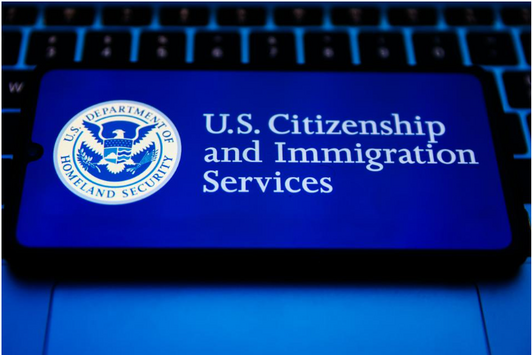Alerts

The U.S. Citizenship and Immigration Services (USCIS) has released new guidance clarifying who must pay the $100,000 H-1B visa fee, how it should be paid, and which cases may qualify for an exception. The fee, introduced through a September 19 presidential proclamation, left employers confused due to conflicting federal statements and a lack of official detail. Several organizations, including the U.S. Chamber of Commerce, have since filed lawsuits challenging the legality and economic impact of this hefty new requirement.
For many American employers, the H-1B visa program remains essential to hiring highly skilled global talent—especially in STEM fields, where international graduates represent nearly 73% of full-time master’s students in computer and electrical engineering. With an annual cap of 65,000 visas (plus 20,000 reserved for advanced U.S. degree holders), clarity around the new H-1B fee is critical for workforce planning and compliance.
According to the updated USCIS H-1B guidance issued on October 20, 2025, the $100,000 fee applies to new H-1B petitions filed on or after September 21, 2025, for beneficiaries outside the United States who do not hold a valid H-1B visa. The rule also covers cases requesting consular notification, port of entry notification, or pre-flight inspection.
However, the guidance offers an important clarification:
The $100,000 fee does not apply to “change of status” cases within the U.S.—such as when an individual transitions from an F-1 student visa to an H-1B work visa—as long as they do not leave the country during the process. It also excludes amendments or extensions for workers already in H-1B status.
Immigration attorney Dan Berger of Green & Spiegel notes that this clarification offers relief to employers who feared the fee might affect existing employees changing visa categories domestically.
For the first time, USCIS has outlined a clear payment process:
Employers must submit the $100,000 fee via Pay.gov using the form titled “H-1B VISA PAYMENT TO REMOVE RESTRICTION.”
While some employers may seek to avoid the fee, exceptions are extremely limited. The presidential proclamation allows waivers only when the Secretary of Homeland Security determines that employing an H-1B worker serves the national interest and does not threaten U.S. security or welfare.
In practice, USCIS guidance introduces an “extraordinarily rare” and “high threshold” for approval. Employers must prove that:
No qualified American worker is available for the position.
The foreign worker’s presence is essential to U.S. interests.
The payment would “significantly undermine” national priorities.
Employers who believe they meet this standard may email [email protected] with supporting documentation.
While the new USCIS guidance on the $100,000 H-1B fee answers key procedural questions, it leaves major concerns unresolved. Many employers view the fee as a deterrent to attracting global talent and a potential blow to U.S. competitiveness in innovation and research.
The lawsuits filed by the U.S. Chamber of Commerce and others will likely determine whether this policy stands or faces revision in court. Until then, employers should consult immigration counsel, review their H-1B strategies, and ensure strict compliance with the latest USCIS instructions to avoid penalties or application delays.
𝗦𝗲𝗺𝗮𝘀𝗼𝗰𝗶𝗮𝗹 𝗶𝘀 𝘄𝗵𝗲𝗿𝗲 𝗿𝗲𝗮𝗹 𝗽𝗲𝗼𝗽𝗹𝗲 𝗰𝗼𝗻𝗻𝗲𝗰𝘁, 𝗴𝗿𝗼𝘄, 𝗮𝗻𝗱 𝗯𝗲𝗹𝗼𝗻𝗴. We’re more than just a social platform — from jobs and blogs to events and daily chats, we bring people and ideas together in one simple, meaningful space.